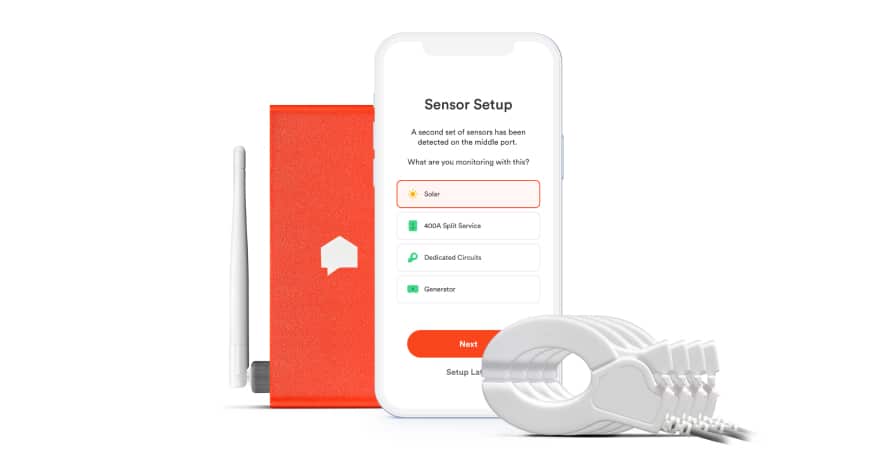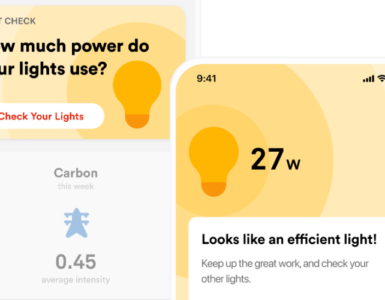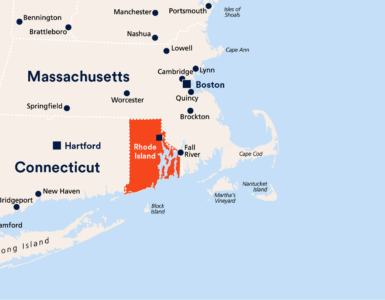Keeping the lights on is getting more complicated day by day for those who run our distribution utilities. For one thing, it’s more expensive, and customers don’t like that. Plus, there are more intermittent generation resources coming online. At the same time, there’s an onslaught of electric vehicle charging load ahead, which may force new investments in grid assets. Now we’re back to the issue of rates again.
Given these pressures, utilities are facing a host of challenges that will require more collaboration with customers than ever before. One way to build a utility-consumer partnership is through consumer engagement. Below, you’ll learn why and how utilities should amp up their consumer engagement efforts.
Power-full forces
Let’s start by taking a closer look at the trends impacting power providers today. The first thing your customers are probably noticing is the price of electricity. It surged more than 14% last year compared to 2021 prices while overall increases in prices only rose 6.5%, according to the U.S. Bureau of Labor Statistics.
Electricity rate increases aren’t over, either. The U.S. Energy Information Administration (EIA) expects average residential electricity rates across the country to reach 15.66 cents per kilowatt-hour, up from 13.66 cents per kWh in 2021.
Not surprisingly, rate increases like those are a punch in the wallet to people who own electric vehicles, and satisfaction with the cost of charging has declined by as much as 30 points on a 1,000-point scale this past year, according to researchers at J.D. Power.
Worse, only 51% of EV owners told the J.D. Power team they were aware of utility programs related to charging their cars at home. “Customers are looking to utility companies to help manage rising costs,” said Adrian Chung, director of utilities intelligence at J.D. Power. “By increasing awareness of available rebates or incentives, EV owners will benefit.”
So will utilities. Helping customers keep charging costs low will support EV adoption. If utilities can get consumers to charge off-peak, it will also help utilities manage grid impacts from EV charging loads.
Of course, EVs aren’t the only distributed energy resource utilities are having to manage now, nor are they the only trend that makes consumer engagement more important than it was a few years ago. Because there is growth ahead for both grid-scale and residential solar as well as new wind capacity coming online, utilities will have more generation intermittency to manage. The EIA expects to see about 7 gigawatts (GW) of new wind capacity and 29 GW of new solar PV capacity being installed in 2023. With these additions, renewable energy resources other than hydropower will account for 19% of generation in 2024 compared with 15% in 2022.
For the planet, this is good news. Yet another trend impacting utilities is the increasing environmental awareness of their customers. EY’s Energy Consumer Survey 2022 gathered input from more than 70,000 consumers in 18 markets. Among the results of this study, you’ll find that 76% of survey respondents expect their energy supplier to support their efforts in reducing energy costs through advice and information, 61% say they want to reduce their impact on the environment and 65% have increased their interest in monitoring their energy usage.
If those responses don’t get you thinking about digital tools to help consumers save or shift energy consumption, consider this. The youngest millennials – the first generation of digital natives or people who grew up in the information age – are now 27. They’re homeowners, renters, and power company customers. Do you want to get them more engaged with your utility? There’s an app for that.
What makes sense for your customers
Finding the right digital tools for effective customer engagement will help utilities deliver on those wants EY uncovered. The right tools can support consumers in their efforts to reduce energy costs, help your organization provide the kind of energy information and advice that empowers consumers, and encourage more participation in your demand management rates and programs.
What exactly is customer engagement? The marketing technology company HubSpot defines it as “the process of interacting with customers through a variety of channels in order to strengthen your relationship.”
What does utility engagement look like? An engaged consumer will participate in special rate offerings, seek out information on your utility website and participate in rebate programs. An engaged consumer will be more likely to understand or at least be interested in energy issues and technology and support utility initiatives. Given that J.D. Power has found correlations between digital engagement and higher customer satisfaction, an engaged consumer is also more likely to be happy with his or her utility than a consumer who isn’t engaged.
For utilities that want to engage their customer base, a phone-based, information-rich app like the one Sense provides makes a smart addition to utility services. This approach has several advantages:
Phone-based apps are accessible to almost all consumers.
As of 2021, Pew Research Center found that 85% of U.S. households had a smartphone capable of running apps. This number includes 76% of households earning less than $30,000 annually.
Phone-based apps support equity initiatives.
The U.S. Dept. of Energy estimates that the average low-income household spends 8.6% of its income on energy, a figure that’s three times higher than the energy burden of non-low-income households. For some low-income homes, the energy burden runs as high as 30% of income.
Given that 44% of U.S. households are defined as low-income, phone-based apps that provide real-time energy consumption data could have an enormous impact on the households struggling most with electricity costs today. The Sense app empowers consumers to see what household device or appliance is using energy and make smart consumption decisions.
Real-time data keeps consumers engaged.
Most energy data applications give consumers a look at their consumption in 15-minute increments and on a household-level basis. Worse, the data is often days, weeks, or even months old. That type of data may be interesting for a while, but it doesn’t give consumers the information they need to make smart consumption decisions.
What consumers need is real-time data on an appliance-level basis so they can see exactly what device or appliance in the home is using energy and where energy savings could be possible. On average, consumers who use Sense shave 8% off their energy consumption.
That’s because consumers keep using apps that give them real-time energy data month after month. When customers buy Sense technology themselves, they open the app an average of nine times per month. Customers who get the Sense app from their utility open it an average of five times per month. That’s a 500% increase in customer engagement compared to traditional opt-out utility emails and self-service web portals.
Real-time data can help utilities with the energy transition
Gone are the days when utilities could consider their customers mere “ratepayers.” Now, utilities must see customers as collaborators. That’s because the intermittency and load variations distribution system operators will see with electrification and more clean power generation will require demand flexibility. Utilities won’t get that flexibility without customer help. With Sense, utilities will get that help.
So, if your utility is seeing electricity rates rise, if you’re wondering how EVs will impact load growth, if you’re grappling with competition from roof-top solar or other sources, or if you simply want a stronger relationship with your customers, there’s a simple way to meet all of these challenges.
Give your customers insight provided by real-time data so they can give you the demand management, load flexibility, and energy conservation you need. As your customers add EVs to their power consumption, buy rooftop solar, or electrify their stoves and water heaters, they’ll thank you for being a utility that raised their awareness instead of their rates.







